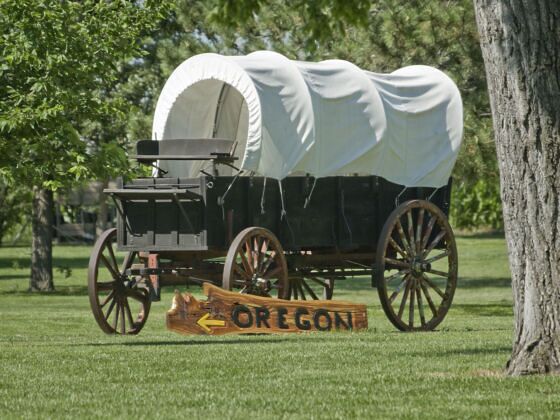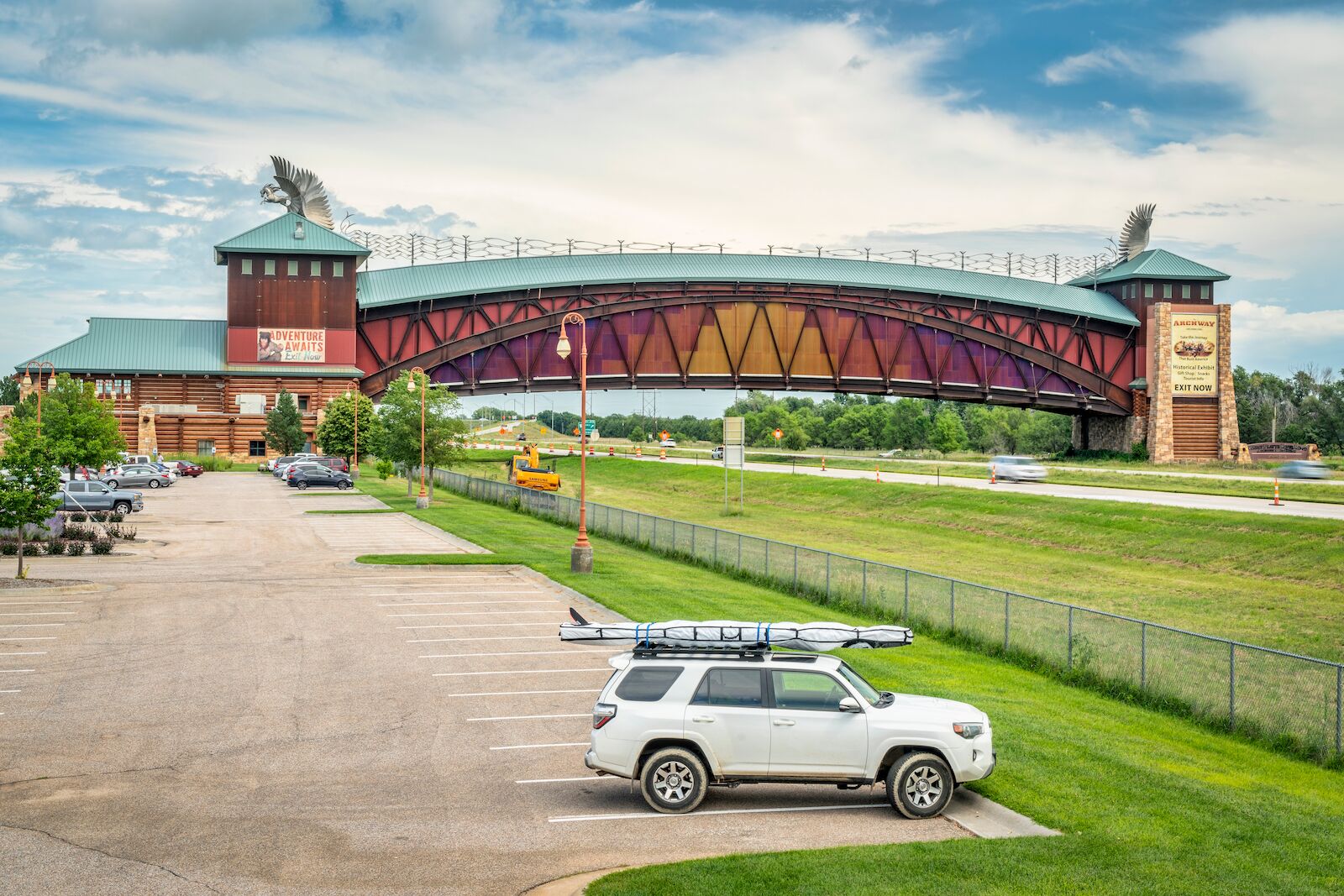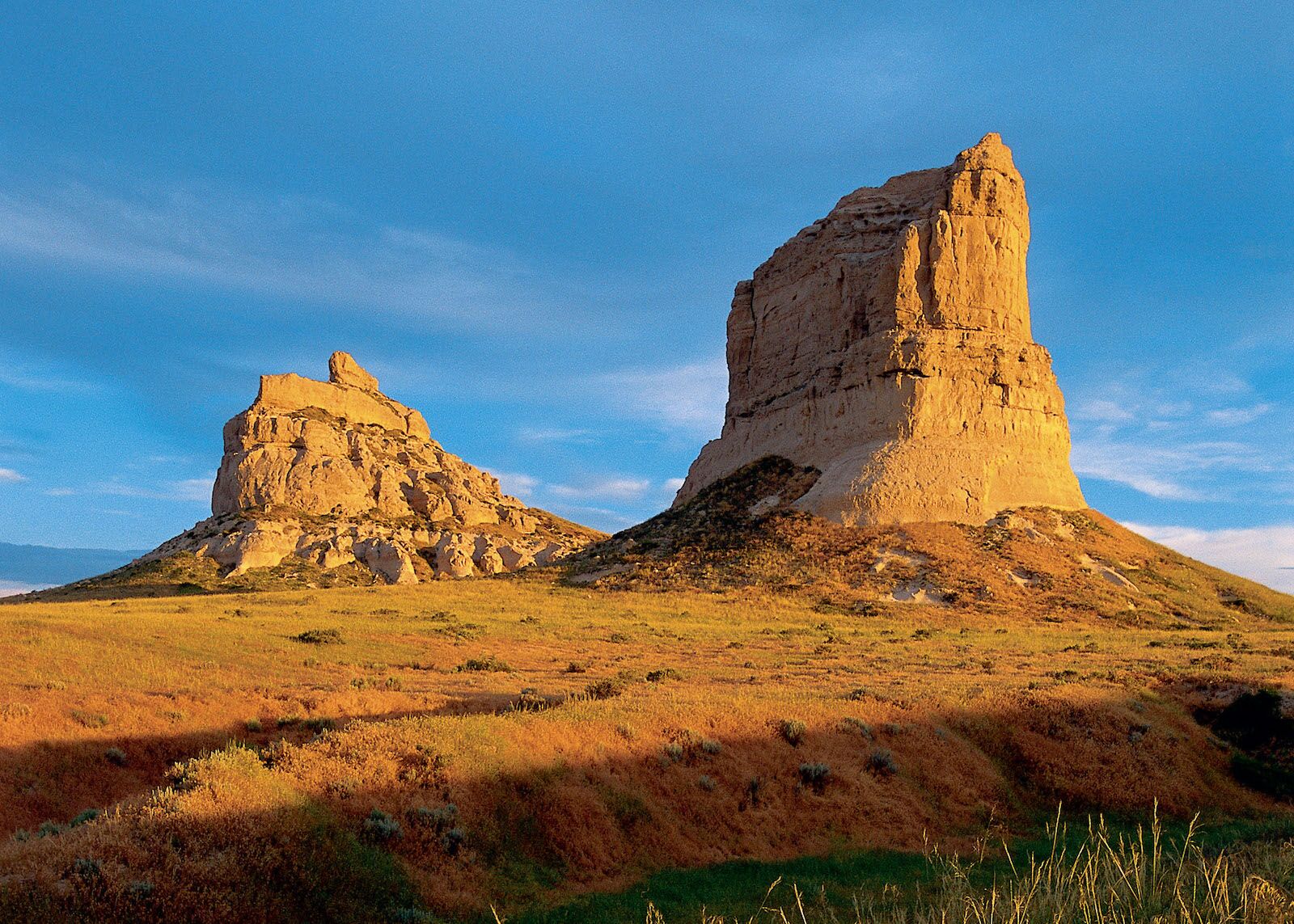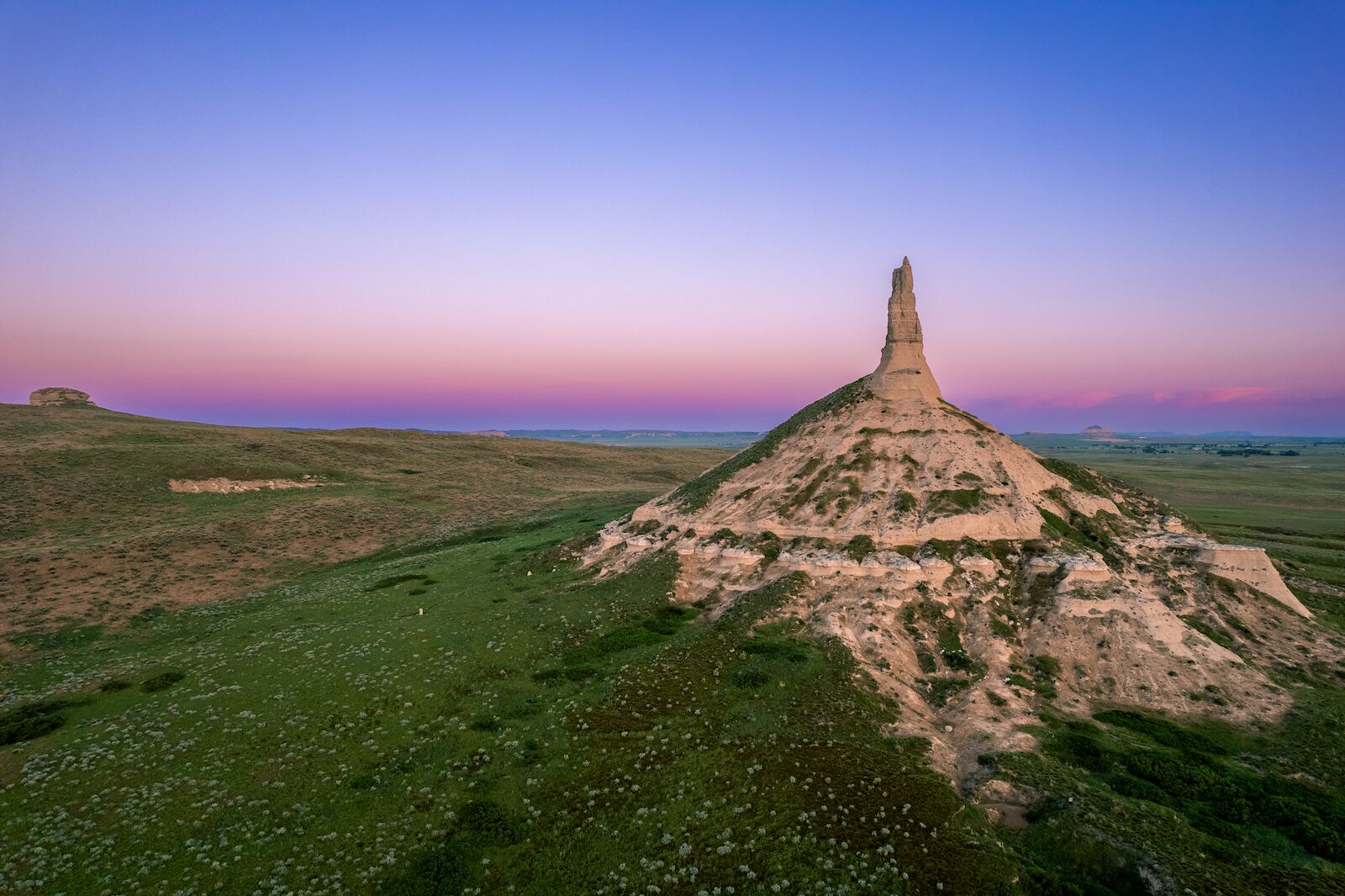The Oregon Trail is legendary. No, not the video game cosplaying it, but the actual trail itself, which saw emigrants from the eastern United States depart from locations including Independence, MIssouri, and other midwest hubs in the 1800s to reach the Willamette River at Oregon City, Oregon. Pioneers traveled by covered wagon for some 2,000 miles, facing river crossings, disease, and harsh weather along the way. The journey took most travelers about three months to complete.


All the Oregon Trail Hotspots You Can Visit on a Nebraska Road Trip
Many of the trail’s most iconic stops and markers are in Nebraska, and the state has developed a series of museums, parks, and points of interest to highlight the Oregon Trail’s importance in American history. Four to five days is enough to take in the historical stops throughout Nebraska, with Interstate 80 serving as the spine of your trip. Fortunately, you can easily avoid the dysentery, adverse weather, and rugged river crossings the pioneers faced en route.
We hope you love this Nebraska Oregon Trail road trip! Just so you know, Matador may collect a small commission from the links on this page if you decide to book a stay.
Start in Fairbury

Photo courtesy Nebraska Tourism
The Nebraska Oregon Trail road trip starts in Fairbury, about three hours’ drive from the official start of the Oregon Trail north of Independence, Missouri. Begin the trek at Rock Creek Station State Historical Park, a lifeline for emigrants on the Oregon Trail. Surrounded by lush greenery, the spot offered travelers a chance to rest, resupply, and make repairs before continuing their westward journeys. In those days, it took caravans several days to get to Rock Creek Station from their launch point, and those days tended to be an initiation of sorts, as travelers were finding their footing. You can imagine that having a common stop to recoup and share trials and tribulations (and seek advice) was incredibly important in lifting morale for the rest of the trip.
The station provided essential goods like food, tools, and medicine, along with blacksmith services to fix broken wagon parts. This crucial stopover helped ensure the success of countless treks along the Oregon Trail.
Rock Creek Station’s significance extended beyond the Oregon Trail era. It briefly served as a Pony Express station in the early 1860s. Later, the station became a stop for the Overland Stage, another important transportation route in the West. Today, the park preserves this rich history through reconstructed buildings and well-worn wagon ruts.
Where to stay in Fairbury
Spend a few days in Kearney

Photo: marekuliasz /Shutterstock
Kearney is home to two important Oregon Trail sites. First is The Archway, which bridges Interstate 80. The Archway symbolically bridges the past with the present, standing at the very spot where the historic trail once intersected with modern highways. Inside, visitors can explore a self-guided exhibit that brings the Oregon Trail to life through life-sized figures and narration. But the Archway’s commemoration extends beyond the Oregon Trail. It acknowledges the rich history of the Platte River Valley, showcasing the evolution of transportation across Nebraska with exhibits on the Pony Express, the transcontinental railroad, and the Lincoln Highway. It opened in 2000 and is comprised of moving walkways and exhibits that document the life of trail emigrants.
After spending a day exploring The Archway, the best places to eat in Kearney are The Alley Rose, a steakhouse with an iconic salad bar, or Cunningham’s Journal On The Lake, a more casual taphouse and restaurant south of the city center.
In the morning, head to Fort Kearney State Historical Park to do some hiking and check out an old fort with an interpretive center and museum documenting the history of the fort and the region.
Where to stay in Kearney
Pass through Bridgeport to see Courthouse and Jail Rocks

Photo courtesy Nebraska Tourism
Traversing the seemingly endless plains of middle America could often be a demoralizing experience for Oregon Trail emigrants. One welcome sight that broke the monotony and offered a much-needed psychological boost was Courthouse and Jail Rocks. These towering natural landmarks jutted dramatically from the flat landscape, easily visible for miles (potentially for days, depending on the speed at which the travelers were moving). They served as a crucial navigational tool, confirming that travelers hadn’t strayed on their westward path. Their prominence on the trail landed them a place in countless diaries and journals kept by emigrants.
Where to stay in Bridgeport
Hit the Chimney Rock Museum in Bayard

Photo courtesy Nebraska Tourism
Chimney Rock was a crucial signpost guiding Oregon Trail emigrants westward. Frequently described as “grand and splendid,” it was the most frequently mentioned landmark in emigrant diaries. For pioneers unfamiliar with the West’s geology, Chimney Rock’s unique form provided a thrilling glimpse of the wonders ahead. You can get out on newly created hiking trails to get close to the landmark, and if you’re traveling with kids, hit the Chimney Rock Museum for interactive activities and more historical context.
Where to stay in Bayard
Round out the trip in Scottsbluff and Gering
You’ll want to spend a couple days in Scottsbluff and Gering, not least because it’s the culmination point of your Nebraska Oregon Trail road trip and a good place to celebrate over a round at Flyover Brewing Company. Spend a day at Scotts Bluff National Monument, which protects over 3,000 acres of badlands, bluffs, and prairie along the North Platte River. The monument itself risesg 800 feet above the riparian habitat below and played a key role in guiding Native Americans to emigrants on the Oregon, California, and Mormon Trails. In the afternoon, hit the Legacy of the Plains Museum, which documents this history and that of the entire state, including its role in hosting Oregon Trail emigrants.
Scottsbluff is a regional hub and home to some of western Nebraska’s best restaurants. The Steel Grill is an iconic local steakhouse that epitomizes midwest dining. The Mixing Bowl in Gering specializes in German cuisine, and Papa Moon Vineyards and Winery serves house-made wines and barbecue with locally-sourced ingredients.